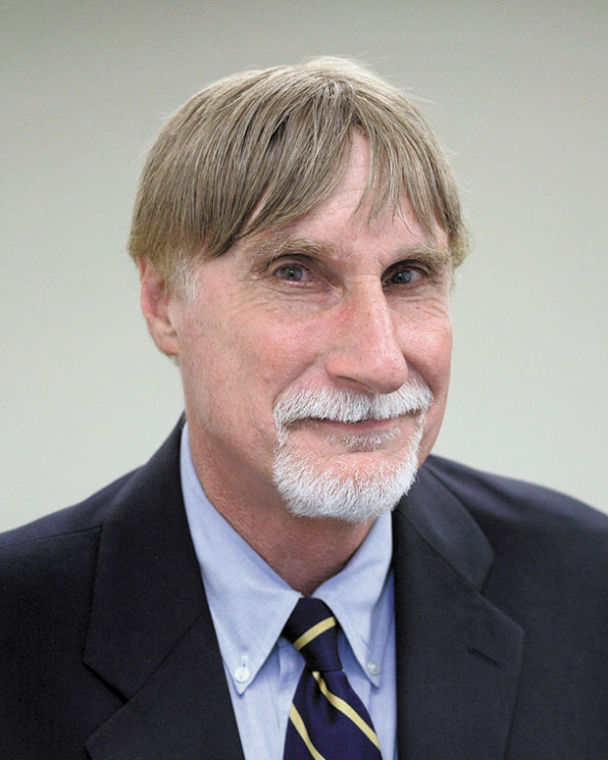The Rebbe and me
Published July 30, 2014
July 1 marked the 20th yahrzeit of Rabbi Menachem Mendel Schneerson, the seventh Lubavitcher Rebbe, who has been called the “most influential rabbi of modern times.” As Joseph Telushkin commented in his book “Rebbe”(and in his recent Jewish Light op-ed), Schneerson arguably was the most important rabbi in the past 800 years, since Moses Maimonides.
My intent is not to add to the many commentaries on the Rebbepublished in the last couple of months – I do not pretend to have any scholarly background on this subject – but rather to offer a personal insight into the man and the movement based on my connection to my son Shaya, a Lubavitcher, whom my wife and I visited earlier this summer at his home in the Crown Heights section of Brooklyn, N.Y., the center of the Chabad universe.
We visited in June, taking the “frummie” bus from Baltimore, our first East Coast stop, to get to New York City. We call the bus “frummie” because it departed from an Orthodox section of town and we were virtually the only non-Hasidic passengers on board. My red Cardinals hat stuck out amid a sea of black hats. I struck up a conversation with a Talmudical Academy student who explained he was not Lubavitch but was familiar with the sect. As he put it, who had not heard of the Rebbe and Chabad? He illustrated the point with the following joke: “How do we know there are no Jews on Mars?” Answer: “Because there is no Chabad there.”
The Rebbe was legendary for sending emissaries (shluchim) to all corners of the earth to establish Chabad houses spreading his brand of religion. Today, more than 4,000 shluchim exist in almost 100 countries. It is hard to escape the reach of Chabad, no matter where you are. Indeed, I found myself walking on Kingston Street, the main drag in Crown Heights, wearing a T-shirt and jeans, when a young yeshiva student stopped me and asked, “Are you Jewish? You know what I am going to ask you, right?” He surmised, correctly, that I was nonobservant and that I probably understood he was one of the Rebbe’s emissaries-in-training who aimed to instruct me in putting on tefillin while praying.
The great paradox surrounding the Rebbe is that his worldview was extraordinarily tolerant, generous and inclusive – he genuinely tried to reach every person, especially every Jew, no matter one’s affiliation or lack thereof, with a message of love and peace. Yet his tactics have been compared by some to the Hare Krishna; that is, seemingly promoting a cultlike following with a heavy-handed outreach mission that disguised an agenda – in his case, proselytizing the unsuspecting to accept the Lubavitchers’ strict Hasidic customs and interpretation of Torah.
Some will scoff at the notion that the Rebbe stood for inclusion. After all, to be a Lubavitcher is to embrace a demanding, distinctive code of conduct. There is right and wrong. For example, when our grandkids were visiting in St. Louis last summer, out of respect for their faith we could not take them to Ted Drewes for custard because, even though it is kosher, it is not kosher enough – it is not Cholov Yisroel (that is, there is no certification that the cows are milked by Jews).
While in New York, we wanted to take our grandkids to a Broadway show, but few productions met Lubavitch taste standards. Such rules strike many as mishegas, as absurd and archaic, and even moreso norms that are sexist in nature, such as requiring divorced women to obtain a get (a husband’s release from the marriage) before they can remarry.
Then there are “Welcome Moshiach” signs posted throughout Crown Heights, portraying the Rebbe as the Messiah.
Admittedly, it is easy to criticize many aspects of Chabad. However, there is much to admire, as well.
I prefer to stress the positive side of Lubavitch philosophy and the leader who gave it a worldwide presence. The Rebbe was hardly a know-nothing. He had studied physics at the University of Berlin and electrical engineering at the Sorbonne and could speak seven languages (and read more than 10). By all accounts, he was brilliant, not only in the breadth of his knowledge but also in the insights he provided into a range of issues from geopolitics to education.
His guidance was sought by presidents and prime ministers. One often-told story is that, when Brooklyn congresswoman Shirley Chisholm (the first black woman in Congress) complained to the Rebbe that she had been assigned a menial post on the House Agriculture Committee, he told her, “You can use the gift God’s given you to feed hungry people,” anticipating and perhaps inspiring the role she was to play as a chief author of food stamps legislation. There were scores of such stories, suggesting not only his intellectual genius and understanding of human nature but also the noble values he represented.
While visiting our son, he took us to the Rebbe’s gravesite at a small cemetery on Long Island. There, following tradition, we scribbled some notes praying for the Rebbe’sintervention in helping us to reach certain goals in life, then tore the notes and dropped them in the chamber that housed his tomb. There was something very moving about the entire experience. When I returned to Shaya’s house and eyed the Rebbe’s picture in his living room, I continued to reflect on the meaning of the man and his movement.
I still don’t fully understand the Ted Drewes schtick and other do’s and don’ts, but I think I am gradually getting it, even if I am not ready to turn in my Cardinals cap.
















